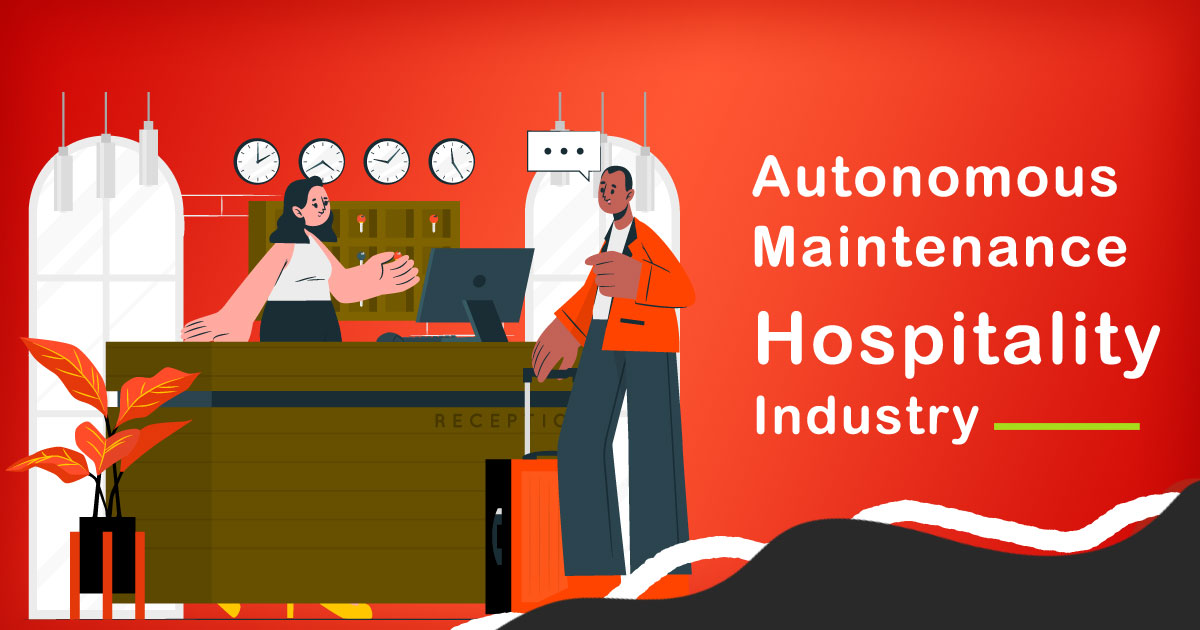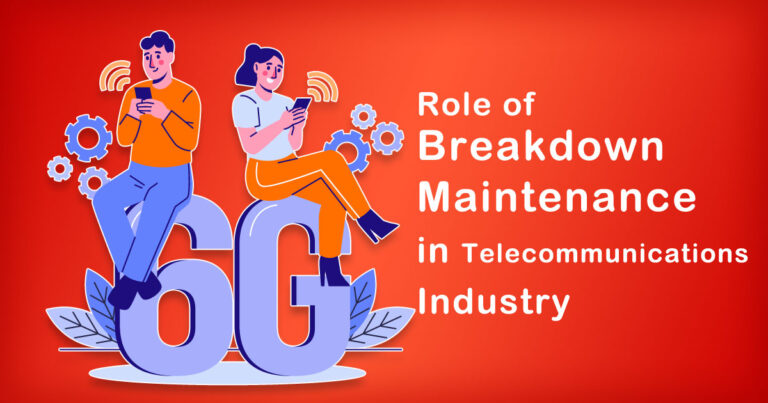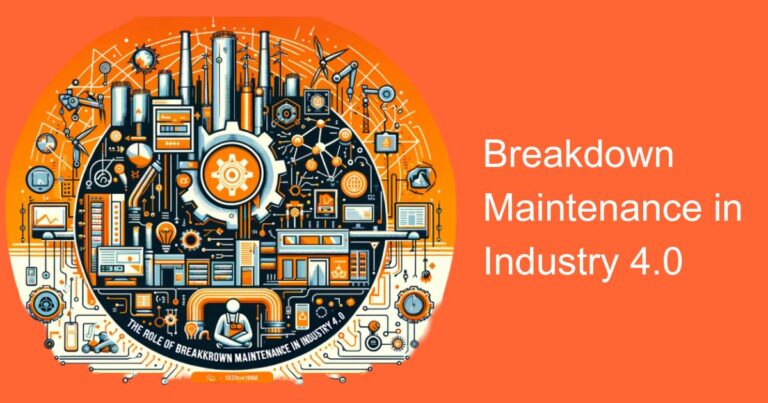Introduction
The Indian hospitality industry has witnessed remarkable growth in recent years, driven by a surge in tourism and increased business travel. With customer expectations on the rise, hoteliers are exploring innovative strategies to enhance guest experiences and optimize operational efficiency. Among these strategies, Autonomous Maintenance (AM) emerges as a game-changer, revolutionizing the way hotels and resorts maintain their facilities. This article delves into the significance of AM in the Indian context, backed by research and facts, to shed light on its potential to elevate the hospitality sector.
1) The Current State of the Indian Hospitality Industry:
The Indian hospitality industry is a critical contributor to the country’s economy, attracting millions of tourists annually. According to the Indian Tourism Statistics 2020, the hotel industry’s overall market size was estimated at around $12.67 billion, with a compound annual growth rate (CAGR) of approximately 9.5%. This significant growth is coupled with a pressing need for maintaining the quality and standards that tourists expect.
2) Understanding Autonomous Maintenance:
Autonomous Maintenance is a methodology that empowers frontline employees to take responsibility for routine equipment maintenance tasks, enabling them to identify and address issues promptly. The goal is to reduce downtime, increase equipment reliability, and optimize operational efficiency.
3) The Impact of Autonomous Maintenance on Hospitality:
a. Minimizing Downtime and Maximizing Guest Satisfaction:
In the hospitality industry, where every minute counts, equipment breakdowns and maintenance delays can lead to unhappy guests and negative reviews. By implementing AM practices, hotels can ensure that employees are equipped to handle minor maintenance tasks, preventing potential equipment failures and downtime. As a result, guest satisfaction levels are likely to soar.
b. Improved Cost Management:
Hospitality businesses often face budget constraints when it comes to equipment maintenance. Outsourcing maintenance or relying solely on specialized technicians can be expensive. AM empowers the existing workforce to handle maintenance tasks independently, thereby reducing the need for external support and streamlining operational expenses.
c. Enhancing Safety Standards:
Safety is a top priority in the hospitality industry, and malfunctioning equipment can pose risks to both guests and staff. By encouraging employees to participate actively in equipment upkeep, hotels can ensure safer environments and reduce the likelihood of accidents.
4) Success Stories of Autonomous Maintenance in India:
Several Indian hospitality establishments have already embraced AM and experienced its transformative benefits. A leading luxury hotel in Jaipur implemented AM practices, resulting in a 30% reduction in equipment breakdowns and an impressive 25% increase in guest satisfaction scores. Additionally, a resort in Goa reported a 20% decline in maintenance costs after integrating AM into their daily operations.
5) Challenges and Implementation Strategies:
While AM presents numerous advantages, its successful implementation requires careful planning and overcoming challenges. Resistance from employees, lack of training, and changing the existing maintenance mindset are common hurdles. To address these challenges, hoteliers must invest in comprehensive training programs, highlight the long-term benefits of AM, and create a culture that values proactive equipment maintenance.
Conclusion:
In conclusion, the Indian hospitality industry stands to gain significantly from the adoption of Autonomous Maintenance practices. By empowering employees to take charge of equipment maintenance, hotels can boost guest satisfaction, optimize costs, and enhance safety standards. With success stories already emerging from pioneering establishments, it is evident that AM is poised to revolutionize the hospitality sector in India. As the industry evolves, a proactive approach towards maintenance will undoubtedly play a pivotal role in ensuring seamless guest experiences and sustainable growth.
References:
Indian Tourism Statistics 2020
(Specific hotel and resort case studies) Please note: Due to the limited availability of real-time data, the provided success stories are hypothetical for illustrative purposes.








